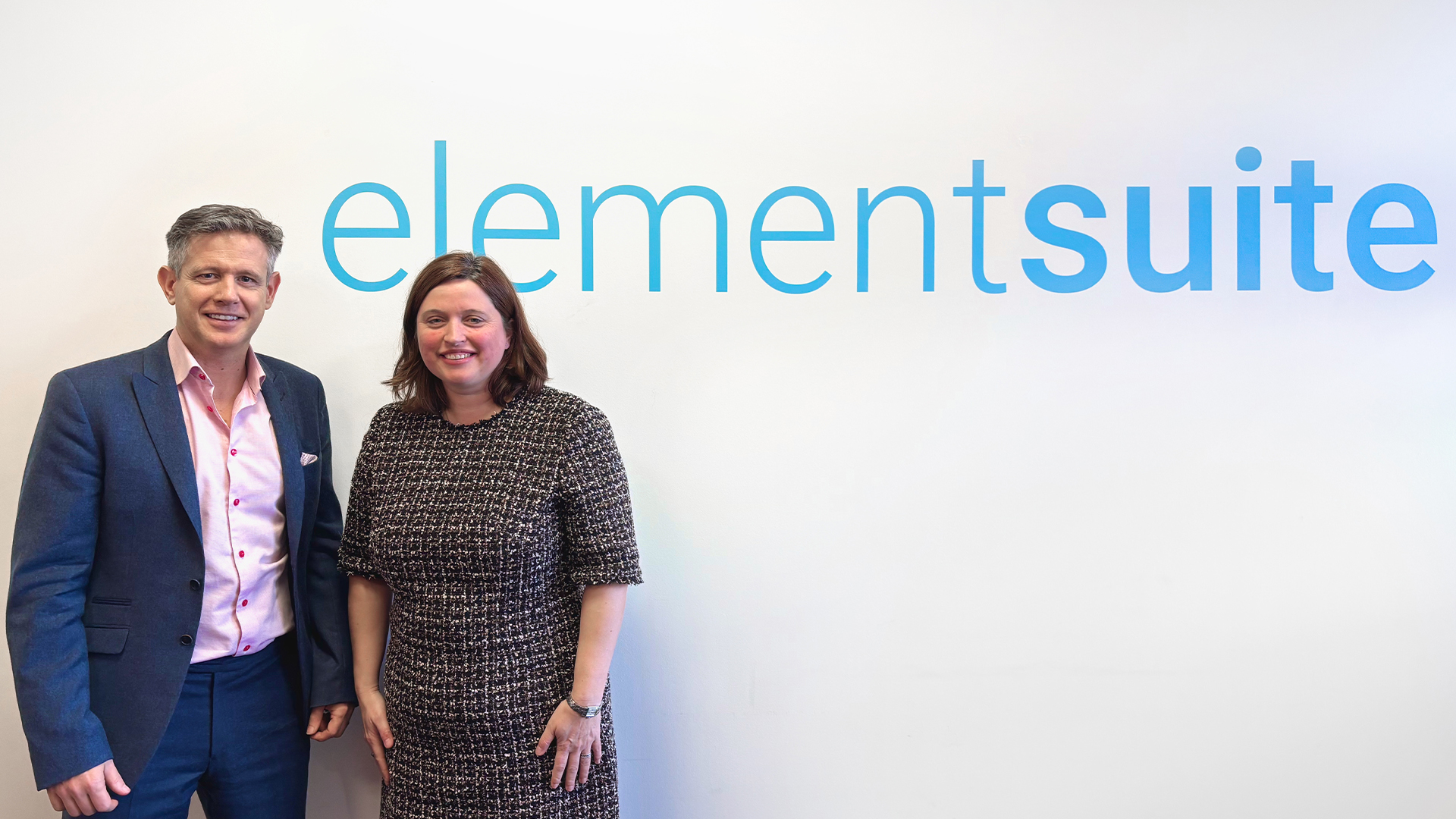‘SaaS dependency’ is becoming a major issue for tech leaders
The survey highlighted issues around maintenance, innovation, and data


Tech leaders have voiced serious concerns about the rising trend of ‘SaaS dependency’, warning that developers are being hindered by a growing array of tools.
In its SaaS Disruption Report, Onymos found that 84% of technology leaders rely on SaaS tools with low-code or no-code capabilities for software development.
However, there are big challenges across the software development lifecycle (SDLC), with almost a quarter of technology leaders indicating that application performance is a major business impediment.
Technology leaders singled out development (22%), quality assurance (20%), and maintenance (20%) as the three most arduous phases of the SDLC, with more than three-quarters saying that workloads for updating applications have risen in the last year.
Over half identified daily maintenance and application operations tasks as taking the most time. But while 84% of technology leaders reckoned that optimizing application development capabilities was of primary importance, fewer than half said they spend time on application innovation.
"While SaaS tools have seemingly become indispensable for enterprises as they focus on software development to drive business value, our findings reveal critical gaps in the current model – particularly around maintenance, innovation, and data," said Shiva Nathan, founder and CEO of Onymos.
Technology leaders said there are significant business risks tied to unaddressed challenges in software development. More than half highlighted higher operational costs, while 45% cited increased security risks, and 38% compliance and regulatory concerns.
Get the ITPro daily newsletter
Sign up today and you will receive a free copy of our Future Focus 2025 report - the leading guidance on AI, cybersecurity and other IT challenges as per 700+ senior executives
Around one-third mentioned reduced profitability, with 28% citing missed revenue opportunities.
"To truly enable enterprises to maximize their software development efforts and create innovative and differentiated applications and secure their data, we must transform the current SaaS model to offer greater flexibility, empower development teams with more control, reduce the burdens of maintenance and updates, and give data ownership back," said Nathan.
"By reimagining SaaS to address the challenges enterprises face, we can realize new opportunities for enterprises to innovate faster, deliver greater value to their customers, and secure their data and reputations."
Earlier this year, a report from Red Canary found that software ecosystems are riddled with underutilized or inefficient SaaS tools, which is bogging down practitioners operating across a range of different industries.
RELATED WHITEPAPER

Three-quarters of security teams said their attack surface had widened by 77% in the past two years.
In a previous study released this summer, Onymos found that more than three-quarters of technology leaders were concerned about SaaS security threats, with 45% saying they'd experienced a cybersecurity incident through a third party SaaS solution in the past year.
The average enterprise uses 130 different SaaS applications, the survey found, with around 85% of IT leaders saying they rely on low-code or no-code SaaS solutions for their application and software projects.
Emma Woollacott is a freelance journalist writing for publications including the BBC, Private Eye, Forbes, Raconteur and specialist technology titles.
-
 Geekom Mini IT13 Review
Geekom Mini IT13 ReviewReviews It may only be a mild update for the Mini IT13, but a more potent CPU has made a good mini PC just that little bit better
By Alun Taylor
-
 Why AI researchers are turning to nature for inspiration
Why AI researchers are turning to nature for inspirationIn-depth From ant colonies to neural networks, researchers are looking to nature to build more efficient, adaptable, and resilient systems
By David Howell
-
 More than half of UK enterprises regret at least one software purchase – here’s how to prevent buyer’s remorse
More than half of UK enterprises regret at least one software purchase – here’s how to prevent buyer’s remorseNews More than half of UK enterprises regret at least one software purchase they've made in the last 18 months.
By Emma Woollacott
-
 Westcon-Comstor strikes new Splunk EMEA distribution deal
Westcon-Comstor strikes new Splunk EMEA distribution dealNews Westcon-Comstor has announced a new distribution agreement with Splunk in the EMEA region.
By Daniel Todd
-
 The world's 'first AI software engineer' isn't living up to expectations: Cognition AI's 'Devin' assistant was touted as a game changer for developers, but so far it's fumbling tasks and struggling to compete with human workers
The world's 'first AI software engineer' isn't living up to expectations: Cognition AI's 'Devin' assistant was touted as a game changer for developers, but so far it's fumbling tasks and struggling to compete with human workersNews Devin, a coding assistant from Cognition AI hailed as the world's 'first AI software engineer', hasn't quite lived up to expectations, according to researchers.
By Nicole Kobie
-
 AI helped Google engineers cut code migration times in half
AI helped Google engineers cut code migration times in halfNews The firm also simplified communications as migrations can be completed by a single engineer
By George Fitzmaurice
-
 Shadow AI is creeping its way into software development – more than half of developers admit to using unauthorized AI tools at work, and it’s putting companies at risk
Shadow AI is creeping its way into software development – more than half of developers admit to using unauthorized AI tools at work, and it’s putting companies at riskNews Enterprises need to create smart AI usage policies that balance the benefits and risks
By Solomon Klappholz
-
 Zellis snaps up AI-powered HR software firm elementsuite
Zellis snaps up AI-powered HR software firm elementsuiteNews Elementsuite will be integrated with Zellis’ own payroll and HR software offering
By Daniel Todd
-
 Developers are at their wits end trying to build generative AI applications – skills gaps, complexity, and 'tool sprawl' are creating major hurdles
Developers are at their wits end trying to build generative AI applications – skills gaps, complexity, and 'tool sprawl' are creating major hurdlesNews AI coding tools could help, though experts told ITPro that businesses should keep a focus on core software engineering skills
By George Fitzmaurice
-
 Intranet and employee experience platforms
Intranet and employee experience platformswhitepaper Reviews of the best products on the market
By ITPro